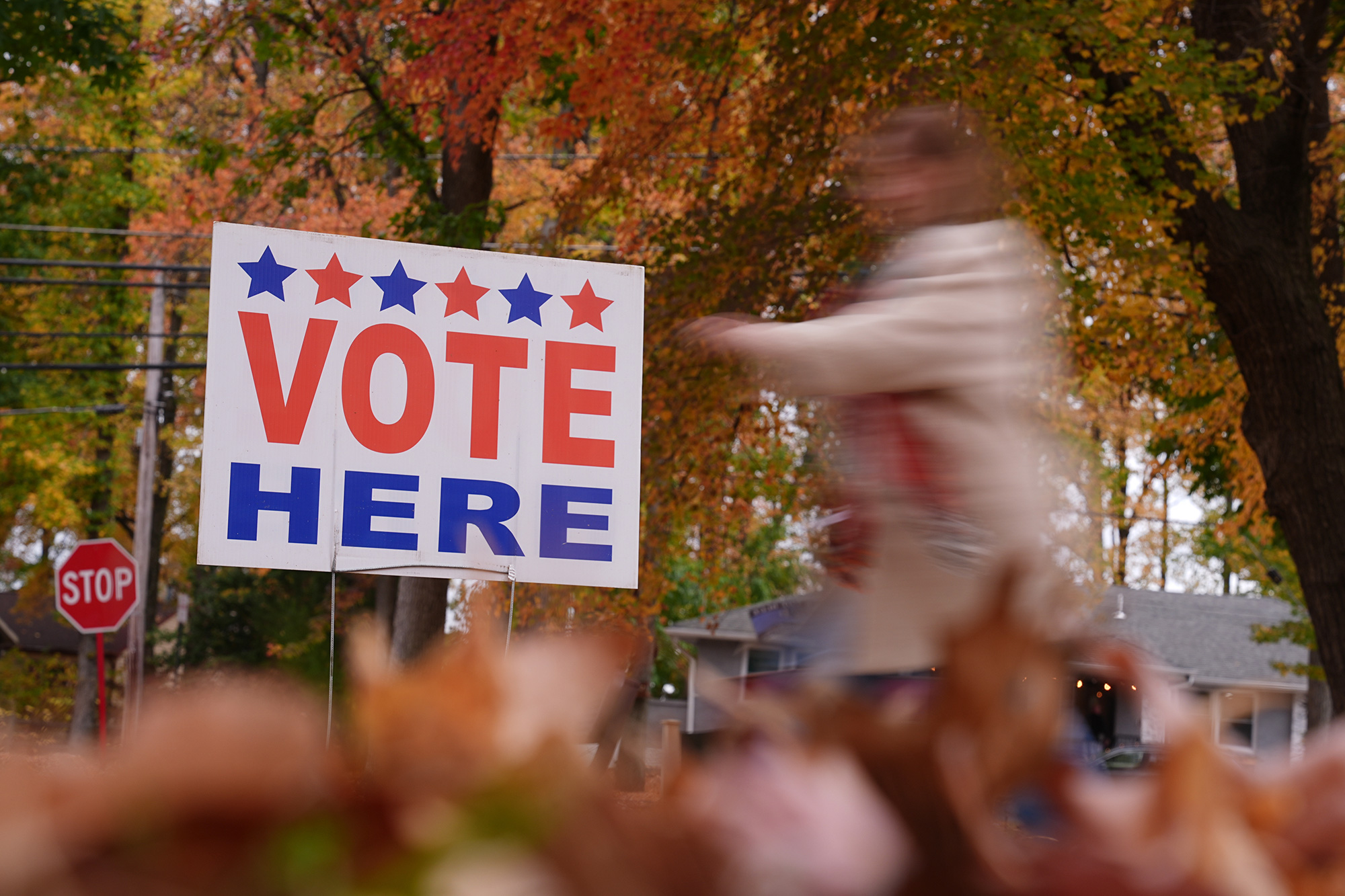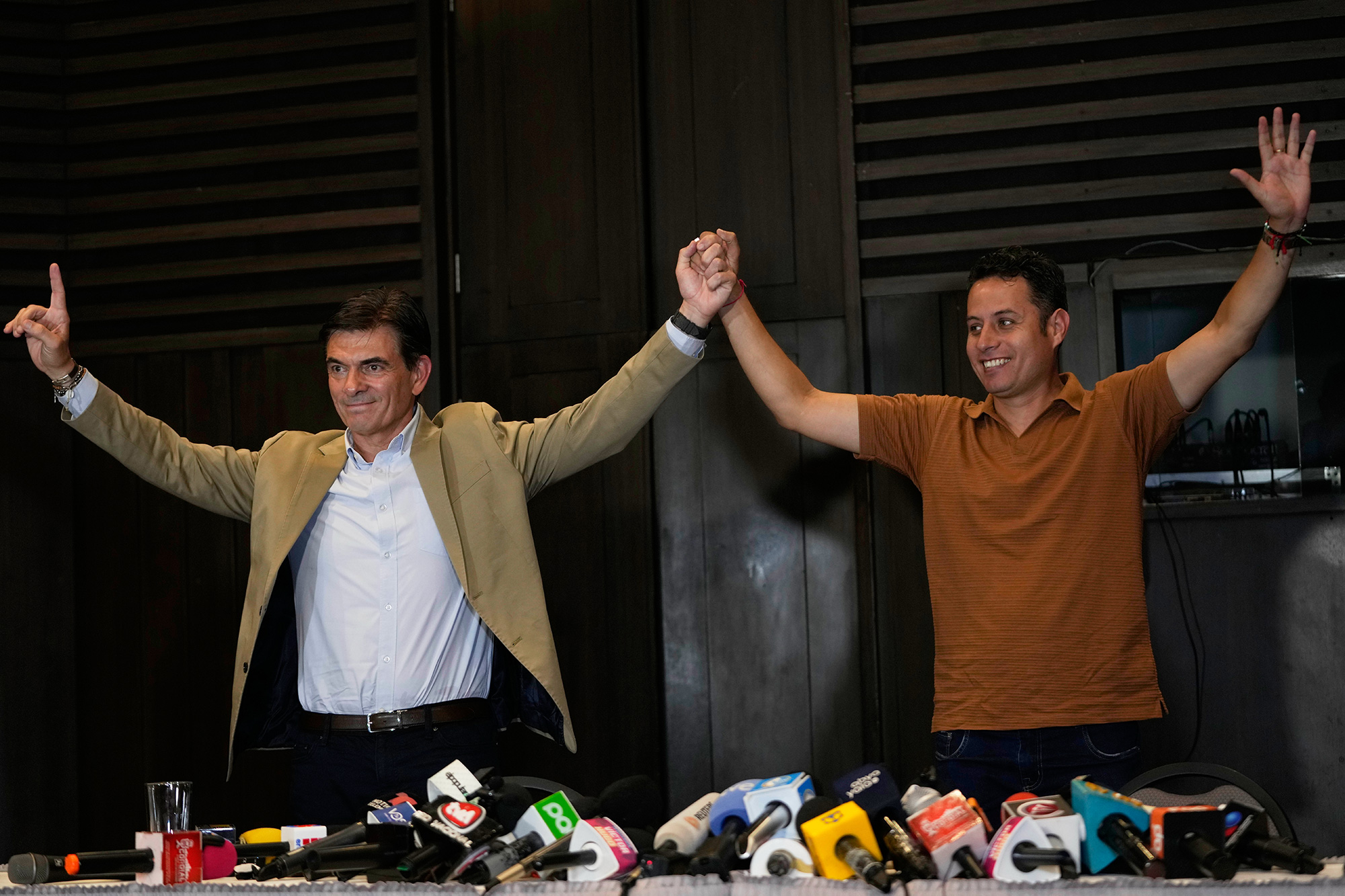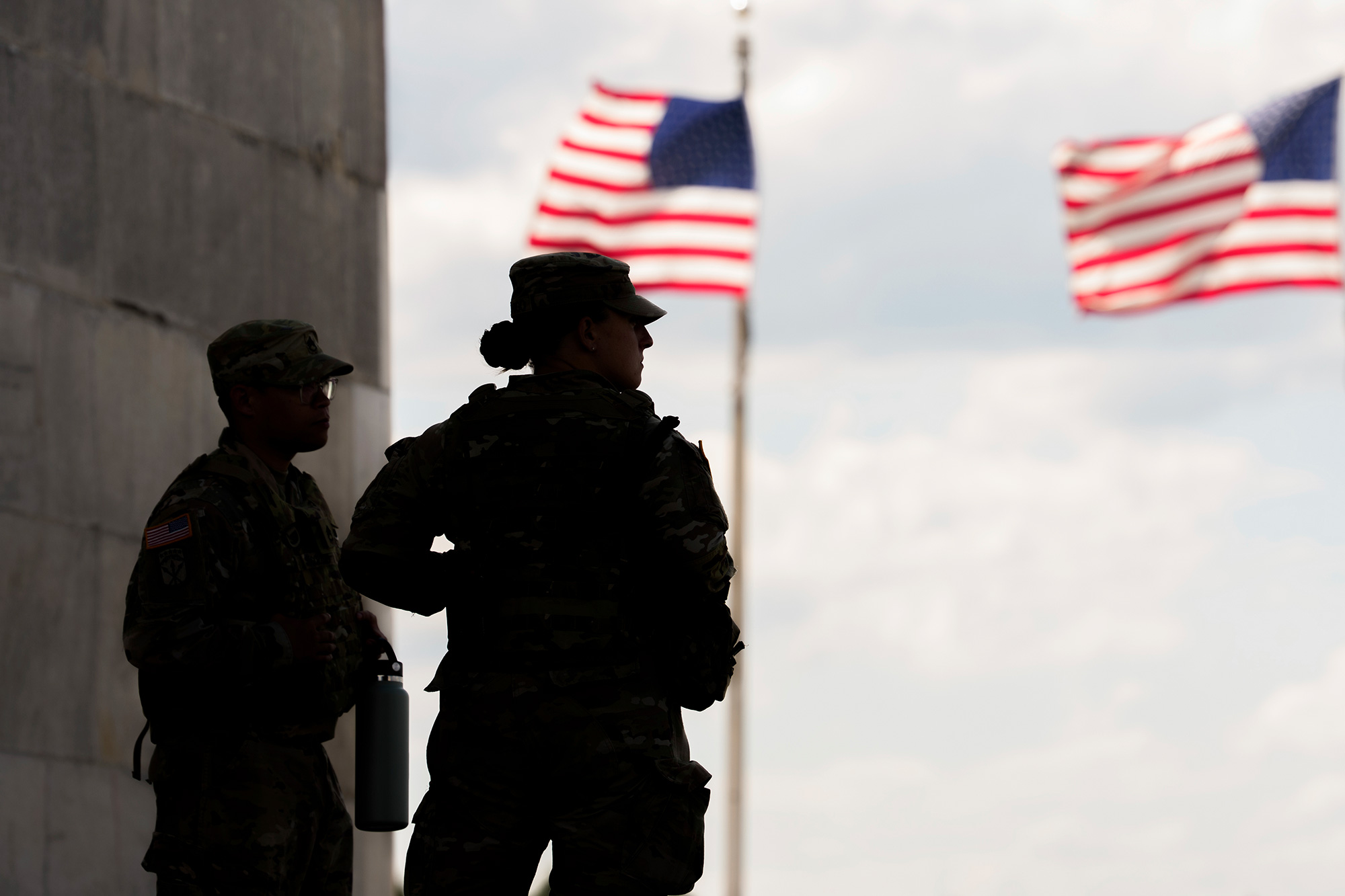This isn’t the first time a president has deployed the Guard over a governor’s objections. But it’s still rare.
President Trump has deployed some 4,000 National Guard troops to Los Angeles, where anti-deportation protests erupted across the city over the last week.
California Attorney General Rob Bonta called the move “unlawful, unprecedented.” But many Americans are used to seeing the Guard mobilized in their communities – usually for natural disasters (like hurricanes), emergencies (like Covid or 9/11), or major events (like the Super Bowl).
Don’t Miss Out: Get the latest updates – sign up for emails from No Labels.
Presidents dating back to George Washington have tapped local militias like the National Guard to help keep the peace.
So, what makes President Trump’s order unprecedented? These are the facts:
Federalizing the Guard
Most National Guard deployments you see are under Title 32, where the President authorizes or directs the activation, but the troops operate under the governor’s control – not federal command.
In Los Angeles, President Trump invoked a different authority – Title 10. According to Military.com, “Normally, Title 32 orders are for natural disasters, while Title 10 orders are for national defense.”
Under Title 10, National Guard troops report directly to U.S. military authorities, not to their state officials. That’s why these mobilizations are often described as “Federalizing the Guard.”
Title 10 is usually used for overseas deployments – Guardsmen were called up to fight in the Korean, Vietnam, and Gulf Wars, for example. But there have been at least ten occasions since World War II where the Guard was federalized for domestic missions:
The Governor’s Will
California Governor Gavin Newsom has made it very clear he does not want the National Guard mobilized in Los Angeles. That’s not unusual: of the ten domestic Title 10 deployments since World War II, six happened over the governor’s objections.

That makes sense – if a governor is willing to deploy the Guard on their own, the President typically doesn’t need to intervene.
Interestingly, Presidents were just as likely to federalize the Guard against the governor’s consent whether the governor was in their own party (three occasions) or the opposite party (three occasions).
The Bottom Line
Whether justified or not, President Trump’s decision fits into a long American tradition: presidents using the National Guard to assert federal authority when states won’t act.
Looking for the latest in your inbox? Sign up for emails from No Labels.
Related
Peyton Lofton
Peyton Lofton is Senior Policy Analyst at No Labels and has spent his career writing for the common sense majority. His work has appeared in the Washington Examiner, RealClearPolicy, and the South Florida Sun Sentinel. Peyton holds a degree in political science from Tulane University.






You must be logged in to post a comment.